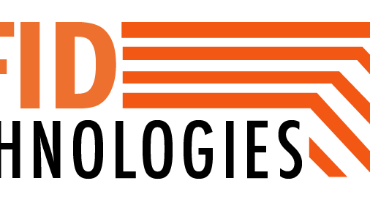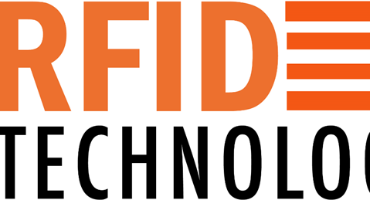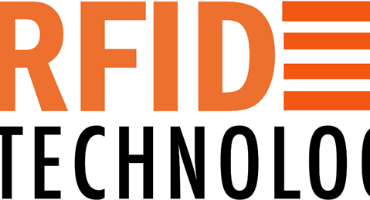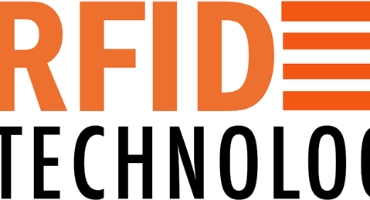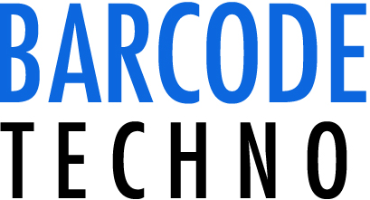Here are some potential new and best uses and applications for asset tracking:
Real-time Asset Tracking: UHF RFID technology, when combined with advanced reader systems and software, can provide real-time visibility into the location and status of valuable assets. This enables organizations to track assets across various locations, such as warehouses, manufacturing facilities, or construction sites.
Real-time asset tracking helps prevent loss, improve asset utilization, and enhance operational efficiency. UHF RFID tags and label - both hard and soft UHF RFID Label Tags can be attached to all valuable asset allowing for real-time tracking of asset inventory. This enables businesses to automate stocktaking, reduce manual errors, streamline replenishment processes, and improve overall asset inventory accuracy. Real-time tracking of asset inventory doing automate stocktaking using UHF RFID Readers - both Fixed-mounted UHF RFID Readers as well as Portable Mobile UHF RFID Readers
Geofencing and Alerts: UHF RFID technology can be integrated with geofencing capabilities, allowing organizations to define virtual boundaries for their assets. When an asset equipped with a UHF RFID tags and labels - both hard and soft UHF RFID Label Tags crosses these boundaries, alerts can be triggered, notifying relevant personnel about potential unauthorized movement or deviation from predefined routes.
Automated Stocktaking: UHF RFID technology simplifies and automates the stocktaking process by providing accurate and efficient inventory counts. With strategically placed UHF RFID readers, assets tagged with UHF RFID tags can be automatically scanned, eliminating the need for manual counts. This reduces labor costs, minimizes human error, and speeds up inventory reconciliation.
Integration with IoT and Cloud Platforms: UHF RFID technology can be integrated with Internet of Things (IoT) devices and cloud-based platforms. This integration enables organizations to gather data from RFID readers, track assets in real-time, and store the information in the cloud for further analysis. This data can be used to gain valuable insights into asset utilization, optimize supply chain processes, and make data-driven decisions.
Enhanced Analytics and Reporting: By leveraging UHF RFID technology, organizations can collect extensive data on asset movements and usage patterns. This data can be analyzed to generate reports and insights on asset performance, maintenance requirements, and operational efficiency. Advanced analytics and reporting tools can help identify trends, optimize asset allocation, and predict maintenance needs.
Integration with Enterprise Resource Planning (ERP) Systems: UHF RFID technology can be integrated with ERP systems, allowing for seamless data exchange between RFID readers and the organization's central database. This integration enables real-time updates of asset information, facilitates accurate inventory management, and enhances overall process efficiency.
Security and Anti-Theft Measures: UHF RFID technology can be used to enhance asset security by integrating with security systems and implementing anti-theft measures. For example, if a valuable asset is moved without proper authorization or leaves a designated area, the UHF RFID system can trigger alarms and notify security personnel.
RFID technology is fast evolving field and there may be new advancements and use cases beyond my knowledge cutoff. It is recommended to stay updated with the latest industry developments and consult with experts in the field for the most current information.

